In a 2011 review of the state of modern scholarship, Bart D. Ehrman wrote, "He certainly existed, as virtually every competent scholar of antiquity, Christian or non-Christian, agrees."[13] Richard A. Burridge states: "There are those who argue that Jesus is a figment of the Church's imagination, that there never was a Jesus at all. I have to say that I do not know any respectable critical scholar who says that any more."[14] Robert M. Price does not believe that Jesus existed but agrees that this perspective runs against the views of the majority of scholars.[15] James D. G. Dunn calls the theories of Jesus's non-existence "a thoroughly dead thesis".[16] Michael Grant (a classicist), "In recent years, 'no serious scholar has ventured to postulate the non historicity of Jesus' or at any rate very few, and they have not succeeded in disposing of the much stronger, indeed very abundant, evidence to the contrary."[17] Robert E. Van Voorst states that biblical scholars and classical historians regard theories of non-existence of Jesus as effectively refuted.[18] Writing on The Daily Beast, Candida Moss and Joel Baden state that, "there is nigh universal consensus among biblical scholars – the authentic ones, at least – that Jesus was, in fact, a real guy."[19]
Plus when I looked up a few terms I had never heard of they were being used in places like the department of labour publications
Interesting, which terms?
Most modern scholars think that none of the gospels were written by eyewitnesses.
It's a little bit academic (har har) anyway, since they all went through so many layers of translation often by people with specific agendas that the modern English versions can't really claim to be "authentic" to the originals anyway, but regardless of that they almost certainly weren't written by those specific disciples of Jesus (even if you accept the events described in them as semi-authentic.)
Bro it's like sooooooo unfair that you don't want to just chill, man
Mans is severely out of his league, all surprised that geopolitics isn't like his high school
democrat activists
Sus
Also, the article is clearly referencing this think-tank paper that was aimed at "democrat politicians," not "democrat activists."
This man is a board certified turbo nerd. I very much like for example his succinct explanation of NixOS, with concrete examples of what it makes easy that can be remarkably difficult on other distros sometimes, and how he likes to time his arrival in meetings so that he comes in exactly on the second that the meeting starts (I actually used to do the same with meetings that I was running, setting the clocks if I needed to so that their second hands were accurate.)
Also: "People will use screen sometimes, if they're very old." 😃
The point is, no one in the Democratic party was actually doing any of the things they listed. Like literally 0 people in 0 emails, for most of them, and then a tiny handful of them had been used once or something.
Yes, I agree that "Latinx" is stupid and that Latinos specifically feel that way overwhelmingly. The point is that they're creating an artificial reality wherein all these mainstream Democratic politicians are saying "Latinx," when pretty much none of them are.
https://www.youtube.com/watch?v=NV5gwfJm-BI&list=PL2wXgg5v5E1qQr3sXPgD9-I9nkcJYlVkE&index=28
I wish I could find the whole episode, it is from the golden age
That's fucking wild
Well this is sure going to go well lol
OP: On the off chance that you are sincere about this: The modern Trump administration is snatching random people including citizens off the streets and stuffing them in extra-judicial hellholes where they sometimes die and sometimes get ejected from the country to God knows where, without the semblance of due process that "deported" would imply. For no other reason than that Trump and Stephen Miller wanted them to be punished. He's also claiming that making fun of him on TV is illegal and that attacking American cities with the US military is fine. He was close friends with Epstein and, apparently, raped several children. Any person with even a shred of deceny or law abiding nature is going to hate him and everything he stands for.
If you're not on board for that stuff, then I think you should say so. I have some isolated views that someone could call "conservative" (certainly in Lemmy's overton window), it is fine, in the abstract. But in the modern US political environment, calling yourself "conservative" is a death sentence for your credibility. Certainly if you're not going out of your way to say that you're not on board for all that (probably even then).
If you're just trolling, then fine, good luck with it. If you don't think that Trump is actually doing any of those things, come to !politicaldiscussion@lemmy.world and let's talk. But if you want to make a conservative community on Lemmy, and your idea is to be pro-Trump in any way, I think people are just going to laugh at you.
I have studied this topic academically, a little bit. My answer:
- The people who wrote the old testament lived in a world that was almost unfathomably dangerous and difficult compared to today's first world. Death, disease, starvation, natural disasters, the collapse of whole towns and settlements, unexplained daily suffering for which there is not even an explanation let alone a cure, were constantly present. If you're in that place, and you believe there's a God who's in charge of it all, there is absolutely no conclusion to come to other than he's a real son of a bitch.
- I definitely believe that Jesus had some kind of genuine religious inspiration, that a lot of what he was teaching was for-real insight about life. The stuff about forgiving your enemies, living for good works through action and how it really doesn't matter what you say or what team you're on, trying to build a better life by caring about people around you, taking care of the sick and injured, even if they are beggars or prostitutes or foreigners or otherwise "bad" people in your mind simply because of their circumstances, seems pretty spot on to me. It was 100% at odds with the religion of the day, pretty much as much as it is with modern religion. What Jesus actually said does obviously have "spiritual" and supernatural elements also, but it is also focused to a huge extent on what you as an individual can do, and a sort of alignment towards the greater good and a calling for humanity, as opposed to this wild half-Pagan mythology about a capricious and bad-tempered God who might kill you at any instant.
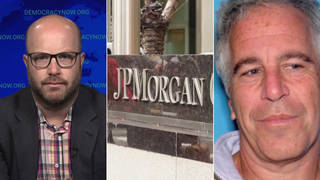


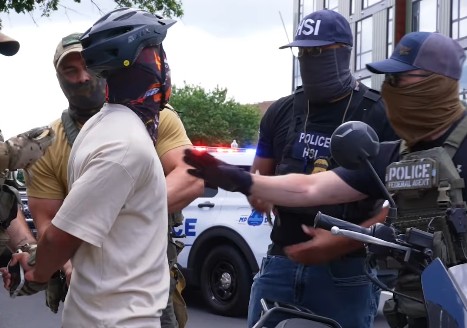
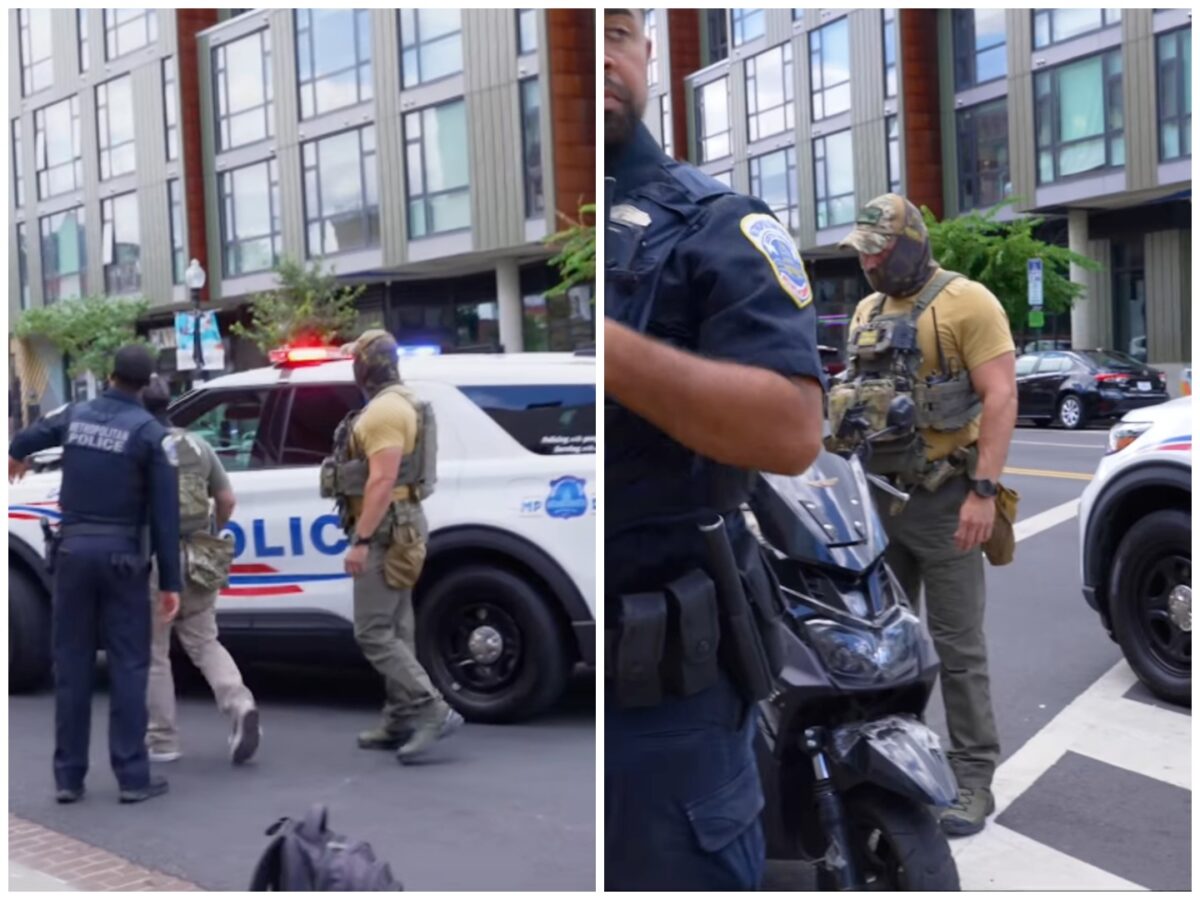

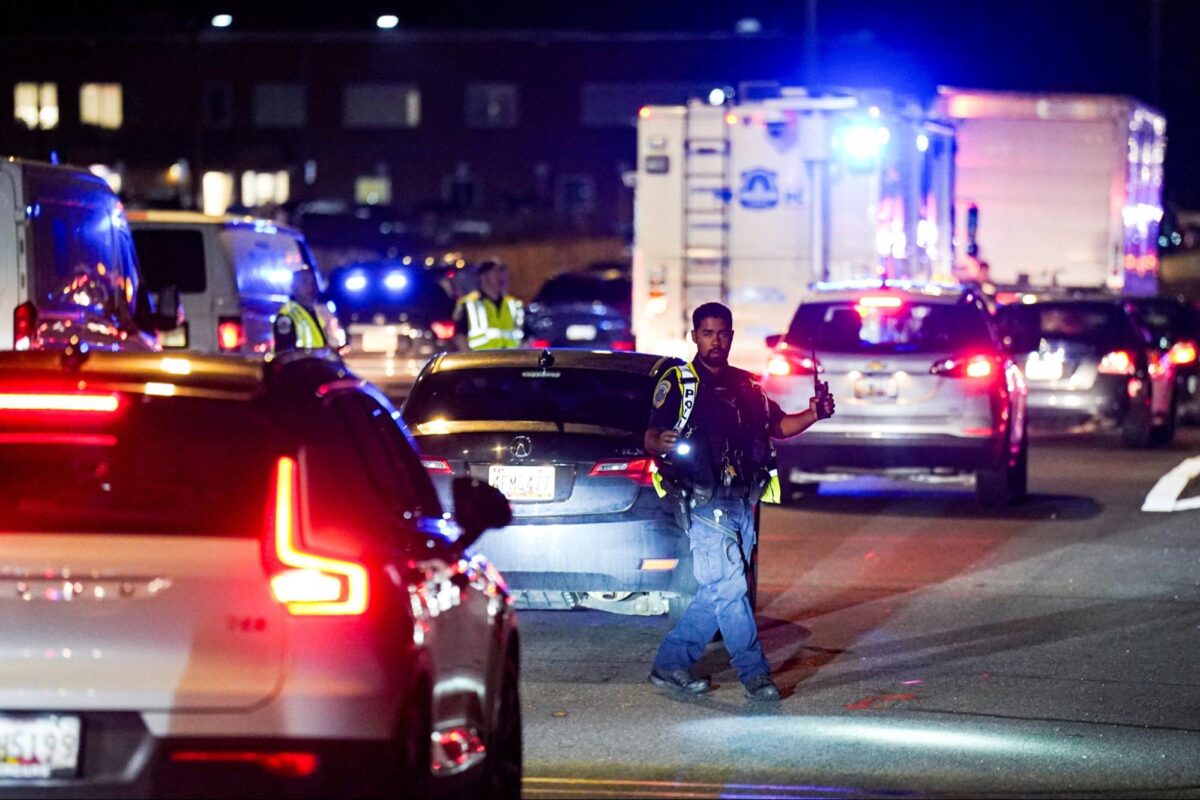
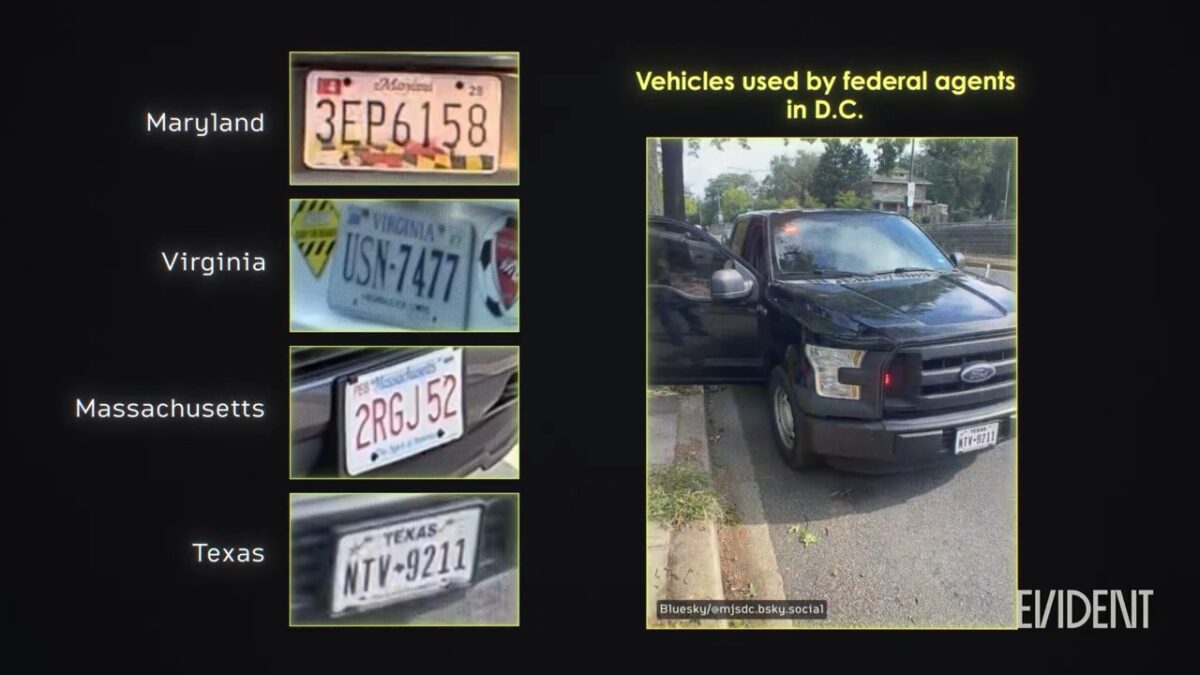

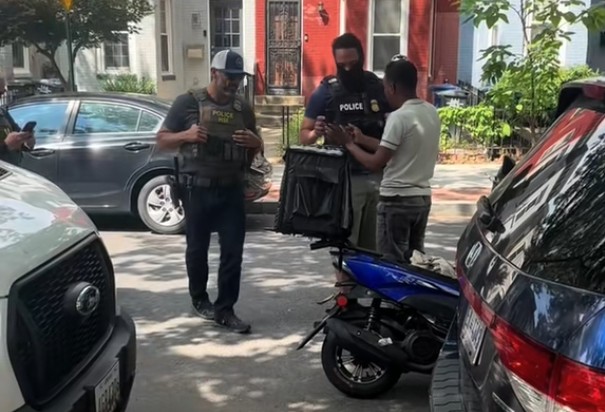
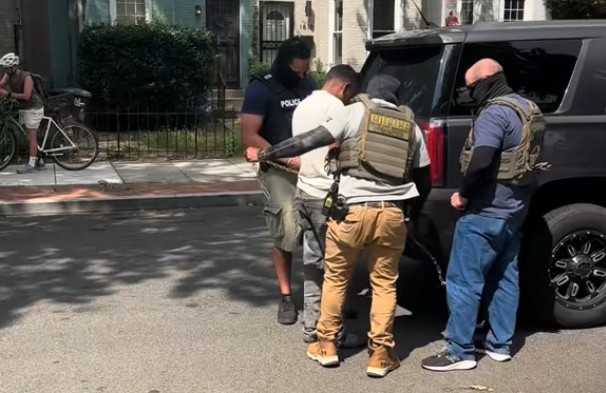
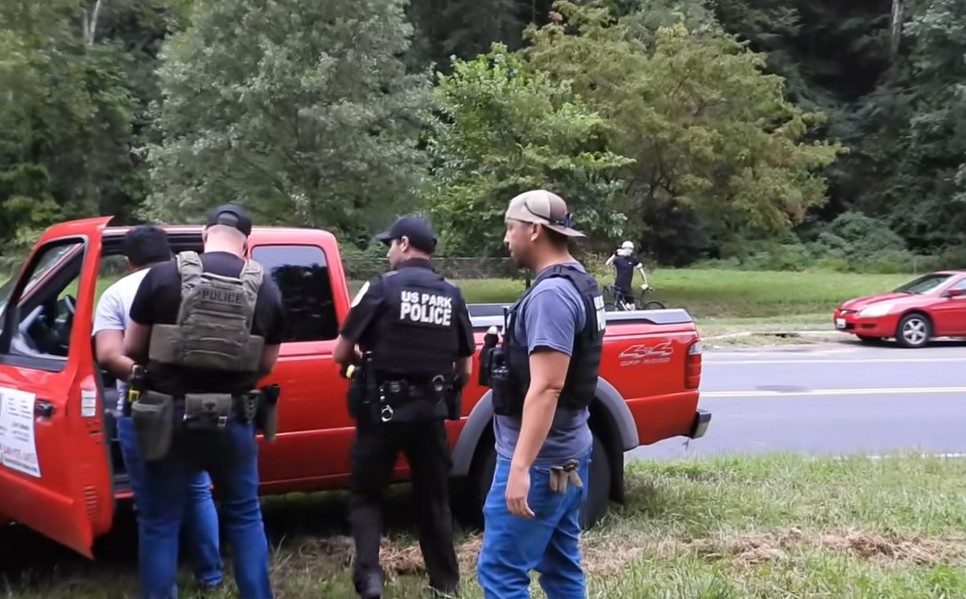
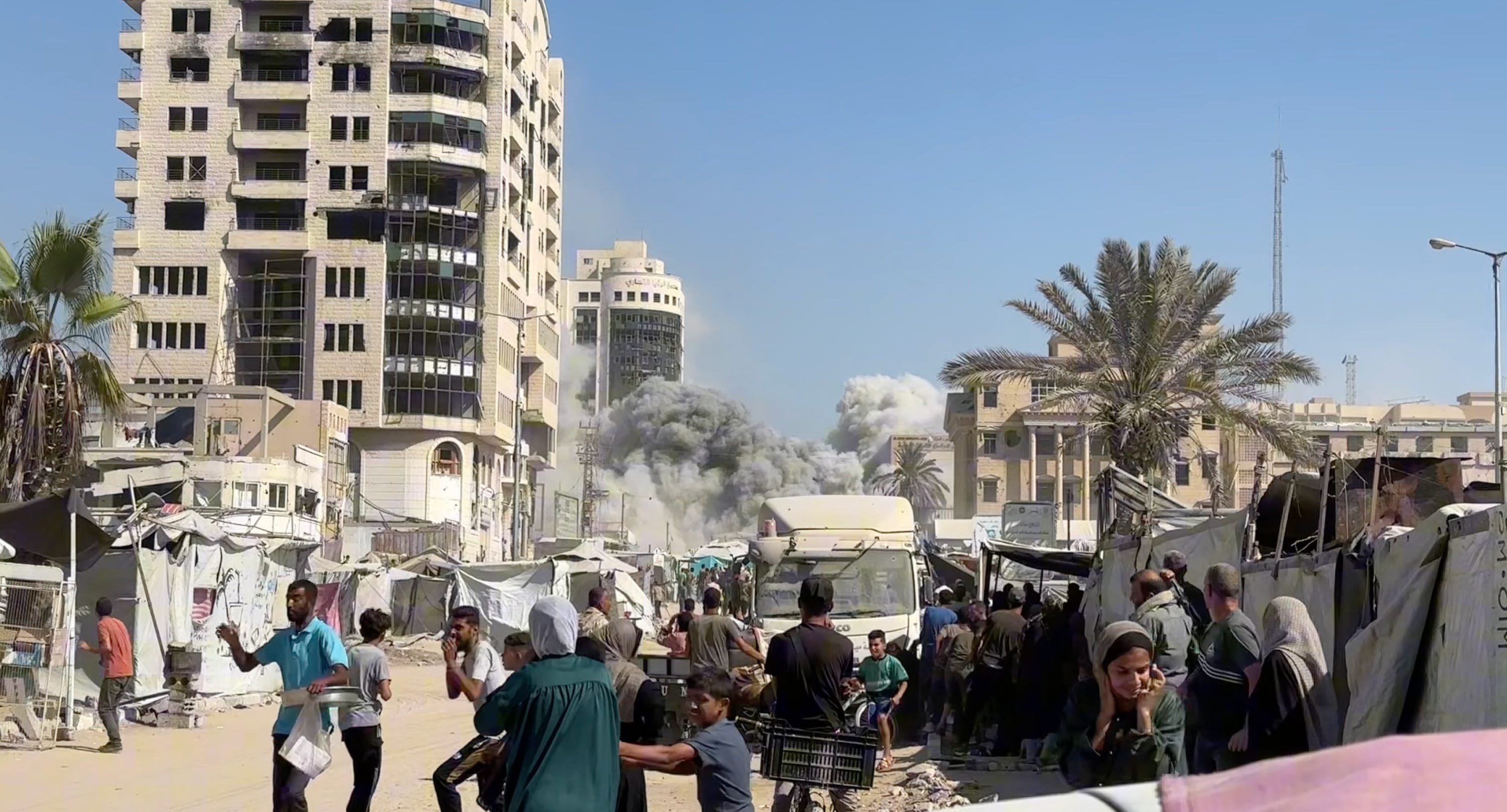
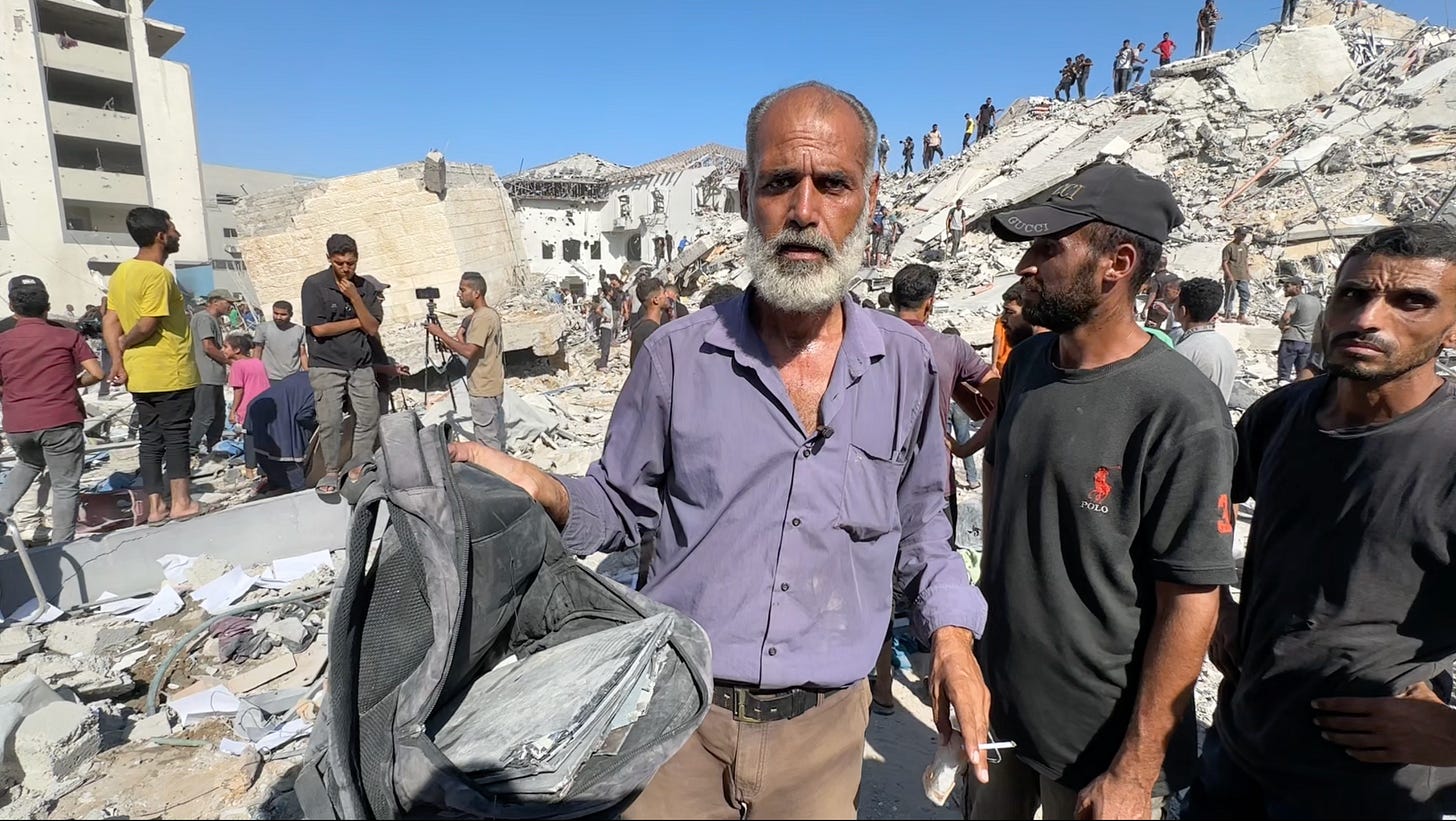
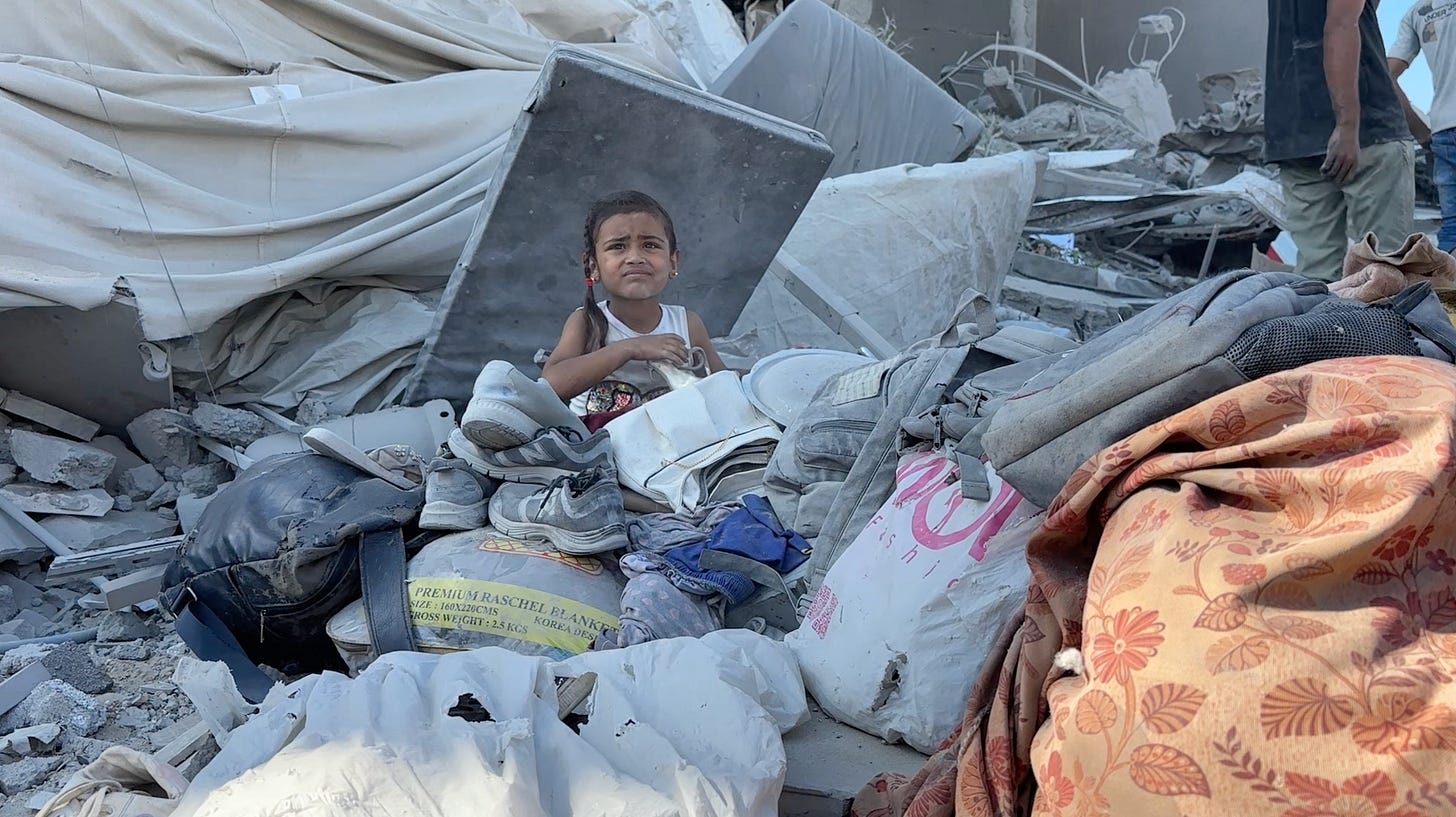 ]
]
What? Of course it does. A near-unanimous consensus by experts in the field is worth more than whatever you are bringing up in your Lemmy comment.
I mean, it would be possible to lay out logic so compelling that even if experts in the field felt one particular way about it you could make a case otherwise, but weird strawmen like wanting archaeological evidence of Jesus's specific skeleton or something is not that.